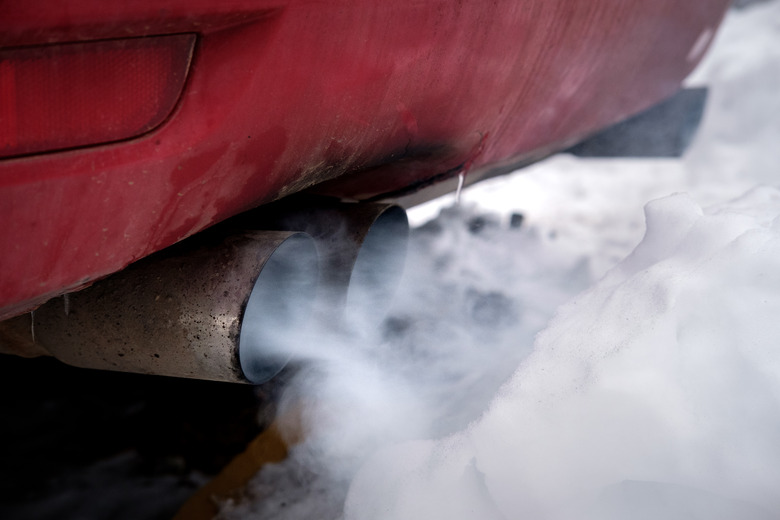Effect Of Photochemical Smog
Photochemical smog is formed when sunlight interacts with certain chemicals in the atmosphere. Ozone is the main component in this type of air pollution. Ozone in the stratosphere protects us against harmful ultraviolet radiation, but on the ground, it is hazardous to human health. Ground-level ozone forms when motor vehicle emissions containing nitrogen oxide and volatile organic compounds (produced from paint and evaporation of fuel and solvents) react in the presence of sunlight.
Health Effects
Health Effects
Photochemical smog is capable of inflicting irreversible damage on the lungs and heart. Even short-term exposure to photochemical smog tends to have ill effects on both the young and the elderly. It causes painful irritation of the respiratory system, reduced lung function and difficulty breathing; this is more evident while exercising or working outdoors. High levels of smog also trigger asthma attacks because the smog causes increased sensitivity to allergens, which are triggers for asthma.
Affected People
Affected People
People with pre-existing health problems (such as respiratory diseases) are sensitive to ozone. Children, the elderly and people with poor lung function carry a far greater risk of developing respiratory illness from photochemical smog than healthy adults.
Effects on Environment
Effects on Environment
Photochemical smog has devastating effects on the environment. The collection of chemicals found in photochemical smog causes problems for plants and animal life. Some plants such as tobacco, tomato and spinach are highly responsive to ozone, so photochemical smog can decimate these sensitive crops, trees and other vegetation. Ozone causes necrotic (dead) patterns on the upper surfaces of the leaves of trees. Ground-level ozone also can interfere with the growth and productivity of trees. The effects of smog on animals are also similar to its effect on humans; it decreases lung capacity and lung elasticity.
Precautions
Precautions
Take precautionary steps to safeguard against the ill effects of photochemical smog. Generally, photochemical smog is less concentrated in the early morning or evening; therefore, exercising and planning outdoor activities during this part of the day limits smog exposure. Emissions from cars and other vehicles are the largest sources of smog. Reduce your daily pollutant emissions by driving less, making use of carpools, and maintaining the car in good condition. Other small actions, such as tightly sealing the lids of chemical products like garden chemicals, solvents, and household cleaners, minimizes evaporation of the chemicals and helps reduce smog.
Other Measures
Other Measures
The problem of photochemical smog has also prompted some more serious reforms in an effort to reduce emissions. Switching over to other types of fuels, desulfurization of fuel gases from coal-fired power plants, expansion of public rail transport and low emission application of fertilizer in agriculture are some of the steps which have drastically reduced the level of photochemical smog.
Cite This Article
MLA
Charmaine, Mike. "Effect Of Photochemical Smog" sciencing.com, https://www.sciencing.com/effect-of-photochemical-smog-12328963/. 22 November 2019.
APA
Charmaine, Mike. (2019, November 22). Effect Of Photochemical Smog. sciencing.com. Retrieved from https://www.sciencing.com/effect-of-photochemical-smog-12328963/
Chicago
Charmaine, Mike. Effect Of Photochemical Smog last modified March 24, 2022. https://www.sciencing.com/effect-of-photochemical-smog-12328963/
